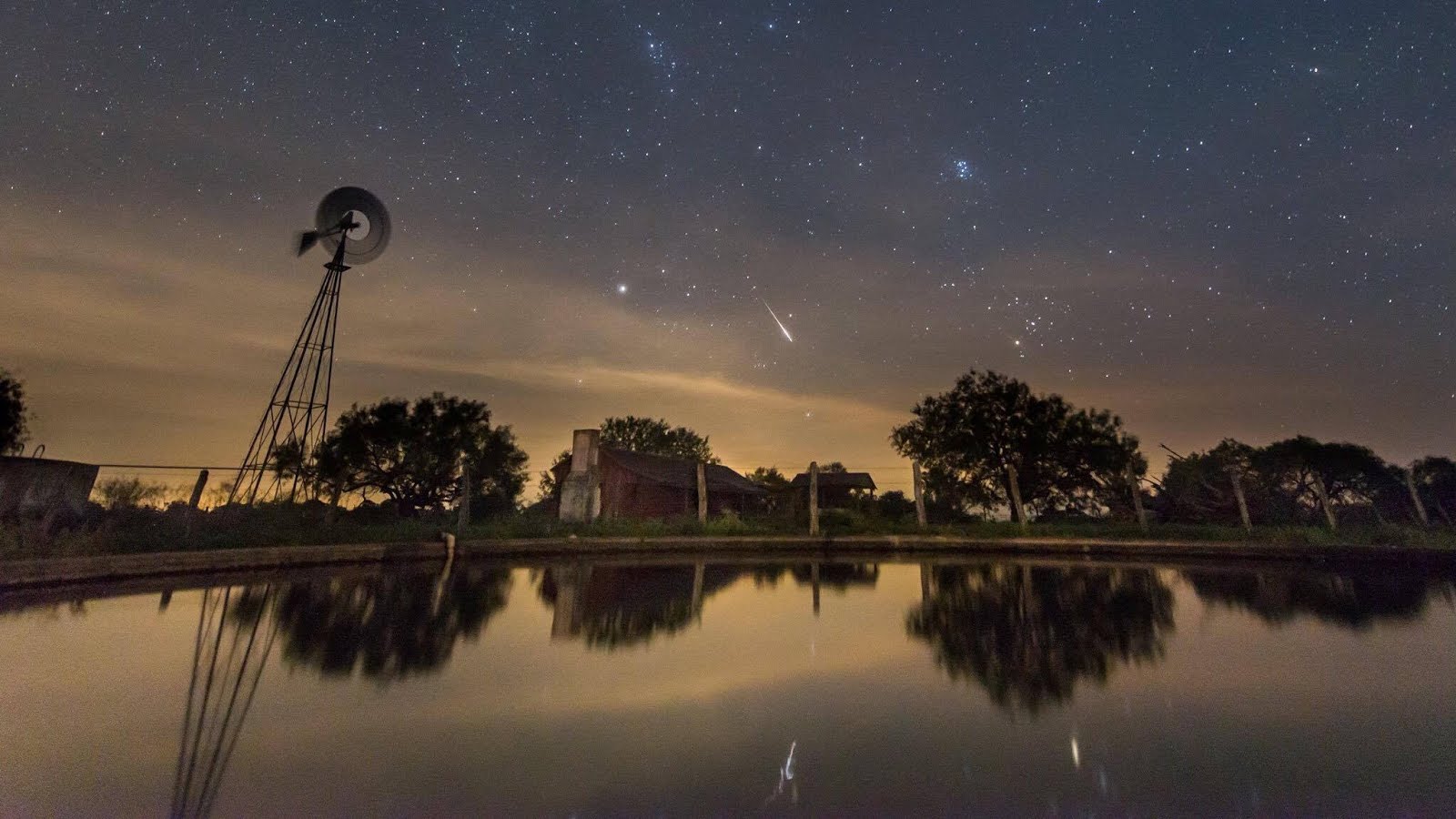It's tattooed on our souls...
From The Startlegram:It was 7:55 a.m.
Pat Perry Duncan had just begun his bugler/messenger watch on Sunday morning when a single-engine aircraft appeared, flying just above the water and heading directly toward the USS Raleigh.
To his disbelief, the plane dropped a torpedo.
Witnesses said that when the projectile struck the Raleigh’s boiler room, the stern of the ship was lifted out of the harbor by the blast. A huge wave knocked down Duncan and fellow crewmen who stood on the quarterdeck. The Raleigh was one of the first targets hit in the assault.
“It’s the Japs!” Duncan heard someone cry.
Almost immediately two other planes scored hits on the nearby USS Utah. As the aircraft veered off, Duncan could see the red “meatball” roundel of the Empire of Japan painted on their wings.
The officer of the deck turned to him.
“Sound general quarters!” he shouted.
Duncan dutifully lifted his bugle to sound the lively notes, the command to prepare for battle.
But his instrument, filled with water, was mute.
“I started shaking it like mad,” Duncan said, a smile playing across his lips.
As he gazed out a picture window at his home in Beeville, the 87-year-old great-grandfather could see himself on that historic day, a kid who didn’t know what to think when told during basic training in San Diego that he likely would be sent to Pearl Harbor.
“I’d never heard of it.”
Duncan cleared the water from his bugle and amid the confusion, he hurriedly went to all hatches, sounding general quarters.
Within minutes the assault was in full fury. A cataclysmic explosion sank the USS Arizona, sealing the doom of 1,177 of its 1,400 crewmen.
Stricken, the USS Oklahoma capsized and sank.
The smell of burning oil filled the blackening sky, along with the menacing growl and whine of planes, 183 of them in the first wave, swooping and strafing, raining their destruction on American warships moored on both sides of Ford Island.
“I don’t know how they kept from running into each other,” Duncan said of the attacking planes.
The 7,000-ton Raleigh quickly began to list.
Duncan was ready to jump. “I was sure we were going over.”
The ship’s captain ordered sailors to throw all topside weight overboard. They dumped two scout planes. Torpedo tubes. Boat skids. During the second aerial attack a bomb pierced the Raleigh’s hull, below the water line, and detonated on the bottom of the harbor.
The bomb barely missed two large tanks containing 3,000 gallons of aviation fuel.
Duncan, assigned to a gun post, helped load ammunition. The Raleigh crew bravely fought back and helped destroy five enemy planes.
Remarkably, not one sailor on the USS Raleigh was killed that day.
The damaged cruiser was stabilized when a barge with salvage pontoons was lashed alongside.
Duncan served in the Navy for six years, seeing action on three ships. After the war he began a long career with the Santa Fe Railroad and lived for 40 years, until 1992, in Fort Worth.
After his wife of 60 years died, Duncan remarried three years ago and moved to Beeville, near Corpus Christi, where he and Penny live in a oak-shaded rural home north of town.
On Friday the couple flew to Dallas/Fort Worth Airport. There, they met up with three of Duncan’s buddies — Frank Curre, J.C. Alston and Charlie Boswell — fellow members of the Central Texas chapter of the Pearl Harbor Survivors Association.
As if summoned by a bugle call, the four men traveled together to Hawaii to attend the Pearl Harbor Day Commemoration one last time. It is the 69th anniversary.
Only about 3,000 survivors of the Dec. 7 attack are still alive, and many of them are too ill or too frail to travel.
American Airlines gave the men and their companions first-class tickets. Duncan’s daughter, Jan, helped raise $7,600 in donations to help cover lodging and other expenses.
This morning, at that solemn, hallowed site, Duncan and his companions will put on their matching blue vests and caps that identify their brotherhood, the last of the iron men of the Greatest Generation.
As they wipe at wet eyes and salute their lost brothers, many still entombed, each must deal in his own way with the lifelong question.
Why? Why were their lives spared that day?
“My guardian angel, I think,” Duncan said, his voice trailing off. “It’s a miracle, really.”
Curre, of Waco, was aboard the USS Tennessee, which was moored next to the Arizona. He said he didn’t think he would live to be 18 1/2. Now he is 87.
“I can’t remember what I read in the newspaper 15 minutes ago,” he said. “But I remember everything that happened that day. Everything. We all do. It’s tattooed on our souls.”
“I can’t remember what I read in the newspaper 15 minutes ago,” he said. “But I remember everything that happened that day. Everything. We all do. It’s tattooed on our souls.”


3 comments:
And the site is still so very somber.....I went a couple of years ago and with every bubble of oil still coming to the surface of the water, I could only think of all the young men who'd died there....so sad. Infamous, indeed.
Someday I will go there. It has been described to me as very somber and quiet. A place where you KNOW something very profound happened. The person that told me this, likened it to walking in the most holy places on earth.
I hope someday to visit the Arizona Memorial and pay tribute to the heroes of that day.
Post a Comment